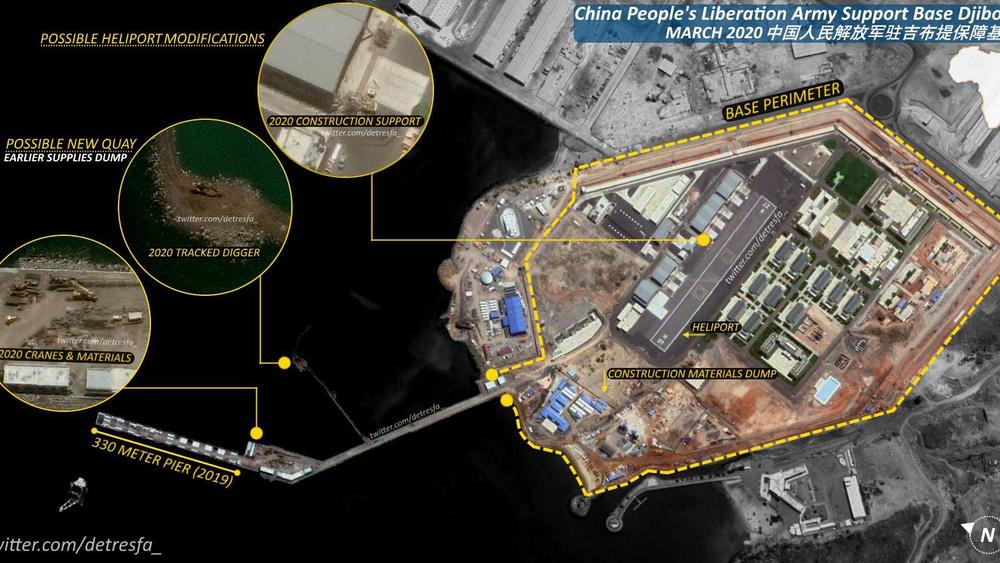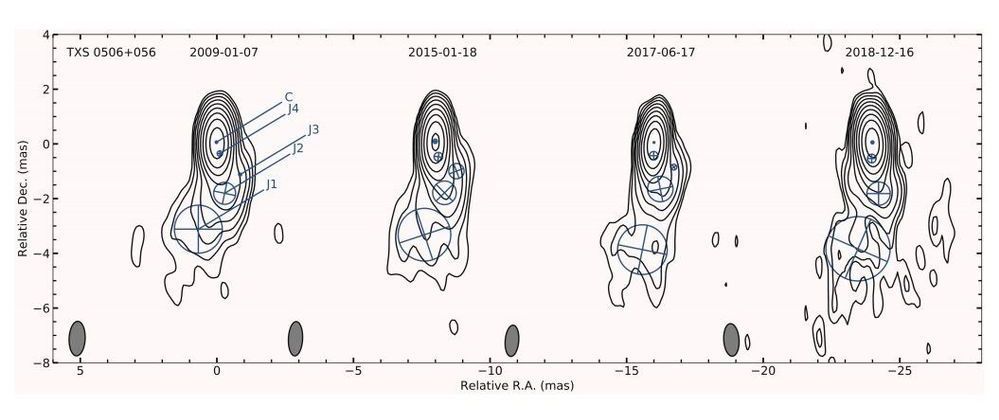Linking multiple copies of these devices may lay the foundation for quantum computing.
Once unimaginable, transistors consisting only of several- atom clusters or even single atoms promise to become the building blocks of a new generation of computers with unparalleled memory and processing power. But to realize the full potential of these tiny transistors — miniature electrical on-off switches — researchers must find a way to make many copies of these notoriously difficult-to-fabricate components.
Now, researchers at the National Institute of Standards and Technology (NIST) and their colleagues at the University of Maryland have developed a step-by-step recipe to produce the atomic-scale devices. Using these instructions, the NIST-led team has become only the second in the world to construct a single-atom transistor and the first to fabricate a series of single electron transistors with atom-scale control over the devices’ geometry.






